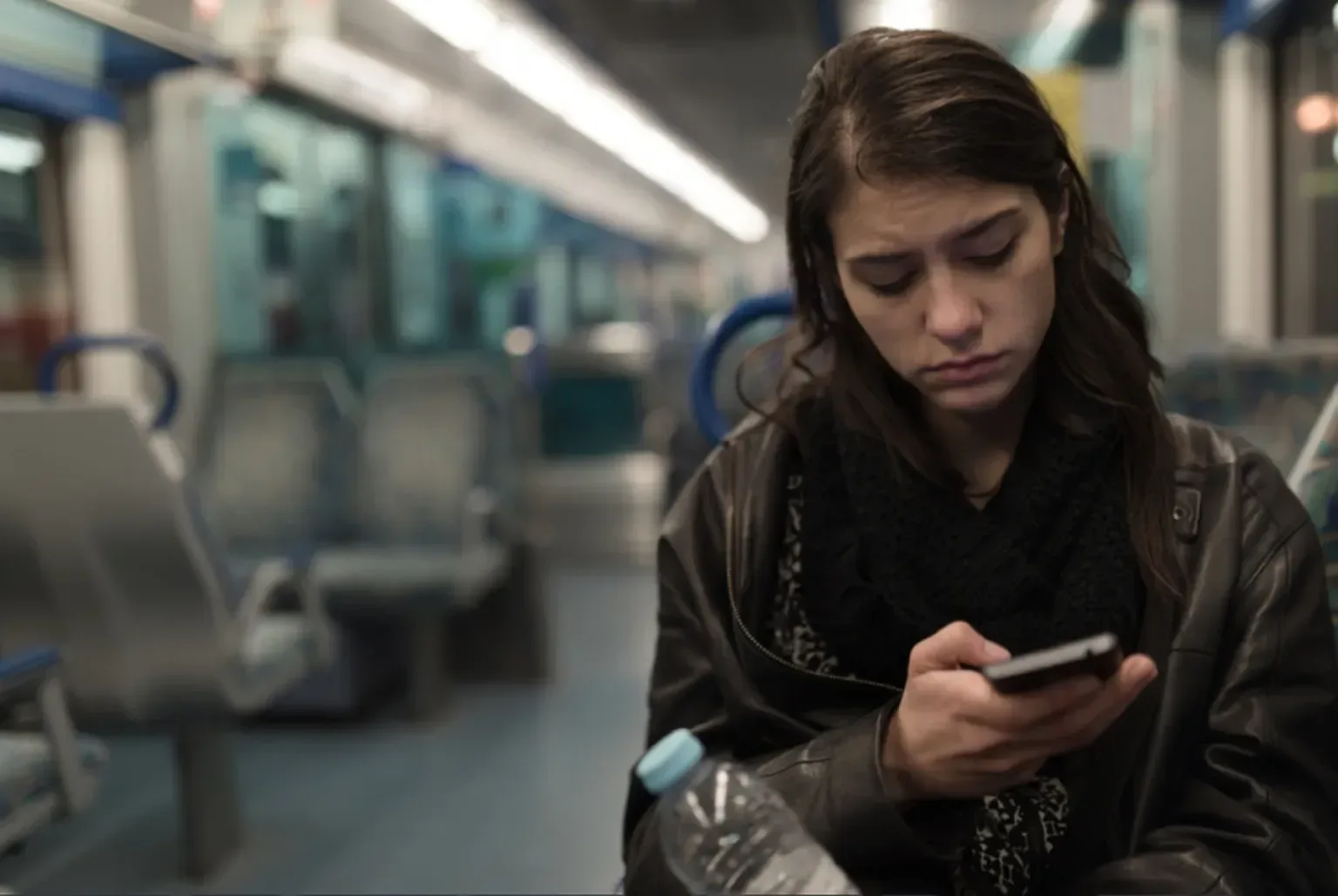The Silent Epidemic: Mental Health Struggles Among Children

Children are struggling like never before. What can we do as a community to help them? Rappore explores.
Disturbing news from the American Academy of Pediatrics: the number of children in need of emergency psychiatric treatment is so great that emergency rooms nation-wide find themselves overwhelmed by the demand.
In and of itself, this is obviously incredibly troubling, but compounding the issue is the fact that emergency rooms are ill-equipped to deal with psychiatric emergencies. Heart attacks — no problem; strokes – easy peasy; shattered limbs, cracked skulls — pieces of cake. A suicidal teenager on the other hand is largely beyond their skill-set. "All we can do is provide screening and identify those who are at higher risk,” said Dr. Mohsen Saidinejad, a professor of emergency medicine and pediatrics at UCLA, in an interview with NBC News. “At the end of the day, we need a mental health provider to do definitive care," he said.
At Rappore we don’t treat people under the age of 18; but still, we can’t help but think about all these children who find themselves in crisis. To our way of thinking, the trendlines are far from surprising. Imagine growing up in the 2020s, in a world seemingly on the brink of environmental collapse, in a country that is seemingly on the brink of a second Civil War, in the midst of a pandemic so pervasive that there doesn’t seem to be an end in sight. Add to this the sometimes dangerous, psyche-destroying social media landscape that so many of our children are navigating with little to no supervision. Who wouldn’t be driven to an existential crisis, under these kinds of pressures?
Maybe the most disconcerting thing is our complete lack of a plan when it comes to actually dealing with this crisis. Take, for example, the three point plan the authors of the statement from the American Academy of Pediatrics offered up:
- Develop community-based teams that can respond to pediatric mental health crises in schools, doctors' offices and homes.
- Add pediatric mental health professionals to emergency departments.
- Support emergency department staff with information specific to groups at high risk for mental health concerns: victims of abuse, post-traumatic stress, depression and LGBTQ youth.
New problems call for new solutions: for all the good the American Academy of Pediatrics does, this strategy feels uniquely regressive. It also fails to address the actual underlying conditions that are driving this crisis. Kids feel hopeless, isolated, and afraid: is being singled out by a “community-based team” going to make them feel any different? Wouldn’t it be better to try to create around these children a community of the like-minded that might make them feel a little less alone?
We don’t disagree that psychiatric intervention is anything less than critical, but in order to give someone hope, you have to do more than connect them with a therapist: you have to give them an outlet that empowers them, that makes them feel like they are part of a solution. For example, working with a non-profit that is attempting to address the problem of climate change could have an incredible impact on these young lives.
That is the counterweight to despair and hopelessness and inertia. Change. Progress. Drive. If hopelessness enervates, activity inspires.